Two Detector Coincidence Shower Study
06/09/2016
Abstract
Running two simultaneous detector systems in adjacent rooms with near symmetric geometry (see figures 1 & 2) the study is designed to investigate whether cosmic rays produce large area showers. Two detector coincidence is used to determine if shower products are capable of producing near simultaneous hits under specified gatewidth determined by the geometry of the apparatus. It is predicted that the shower studies will demonstrate that if we can detect several muons simultaneously in four separate panels of our muon detectors more than a random rate, we probably catch air shower events.
Introduction
The earth receives cosmic rays from outer space everyday. Some of those cosmic rays carry extremely high energies. Thus, the study of cosmic ray is crucial to the development of particle physics. There are many simple experiments designed for accessible and affordable studies about cosmic ray to undergraduate or event high school students. Using a scintillation detector array, one can study properties about muons such as their flux angular distribution, decay constant, and cosmic showers [1].
Earth constantly receives cosmic muons that are not sensible to humans in any noticeable manner. However, with the help of separate scintillation detectors, one can catch cosmic shower events on any local server. The cosmic ray shower data acquired from one site can also be compared with that from other sites, which is the primary motivation behind this study.
It is hypothesized that the QuarkNet e-lab shower studies can indicate either randomness of events or simultaneity of events as they impinge on the surface of the scintillator plates. Shower studies are used to look for cosmic ray muons that arrive at or near the same geographic area or even geographic areas that range over large distances.
Procedures
The detectors were set in two adjacent rooms set up to collect double coincidence for all four collectors contributing data. Every time there is a two-fold coincidence, the counter on the DAQ increased by one [2].
For the cosmic rays shower studies, the four panels are put separately in four different positions (Fig. 1 & 2). For a shower event, multiple panels should detected muons simultaneously. To obtain muon shower events from different coincidence level, we set the coincidence level for detectors as 2. Thus, we can get data for coincidence level 2, 3, and 4 data.
With the gate width of 20 ns on detector 1 (we'll call the physics lounge detector #1 and the room 126 dector #2) and dector 2 with a gate width of 29 ns. After setting this, we run the data collection for 15 hours and analyze our data.
A simple shower study of the two detector coincidence between detector 1 and 2 was run via the Cosmic Ray e-lab. An average of 248 events exist between the two detectors available for shower studies.
Results
After running shower studies for the two detector systems, independent of one another, we see in figures 4 that there are 74 shower study candidates for level n coincidence with a level 4 hit coincidence in detector 1. Meanwhile, detector 2 gives 17 shower study candidates for level n coincidence with a level 4 hit coincidence (see fig 5).
We then looked at two detector coincidence, level two channel coincidence, and level 2 hit coincidence which was observed to have a single candidate (see figure 6).
Figures
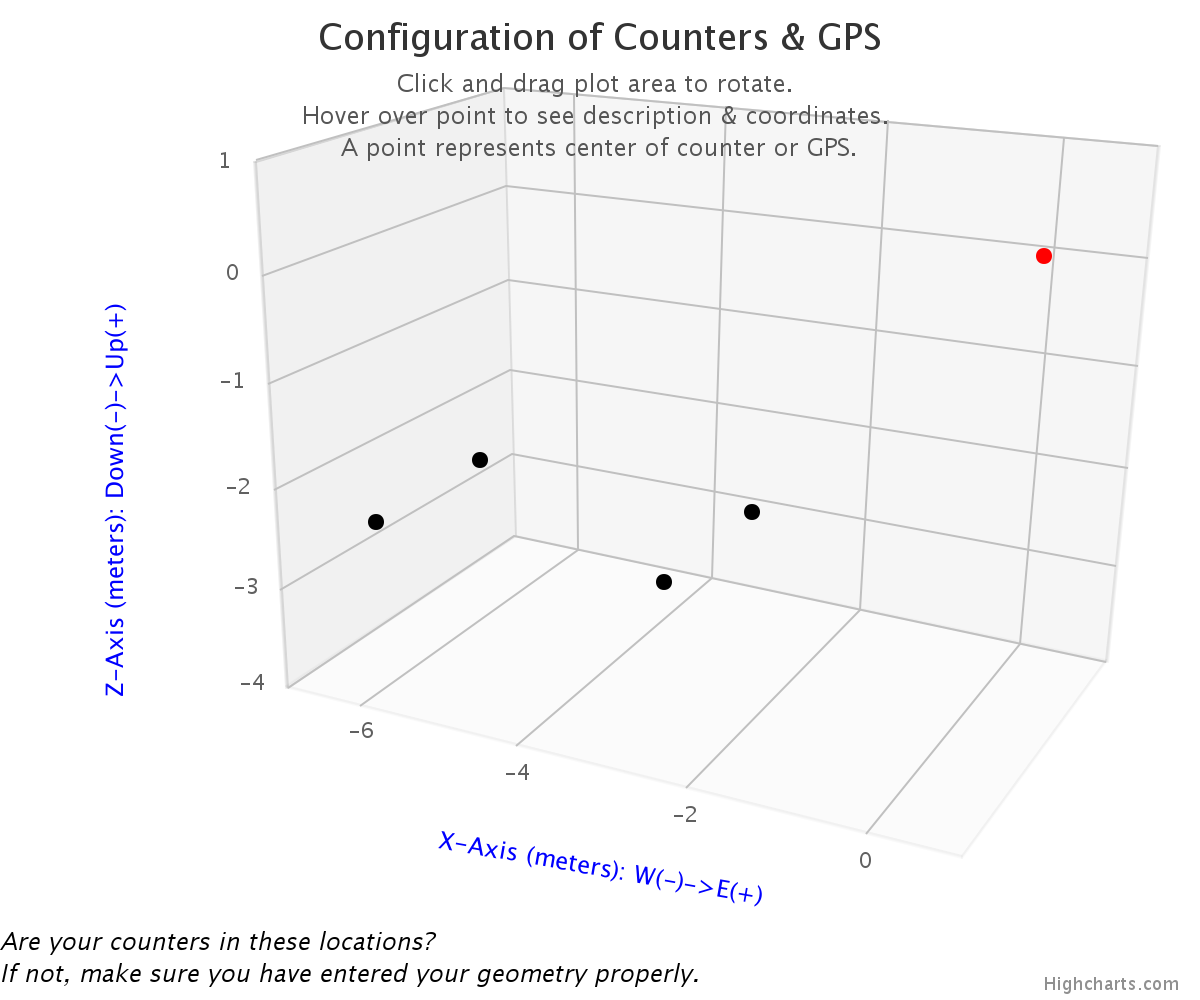
Figure 1. Geometry visualization in the physics lounge
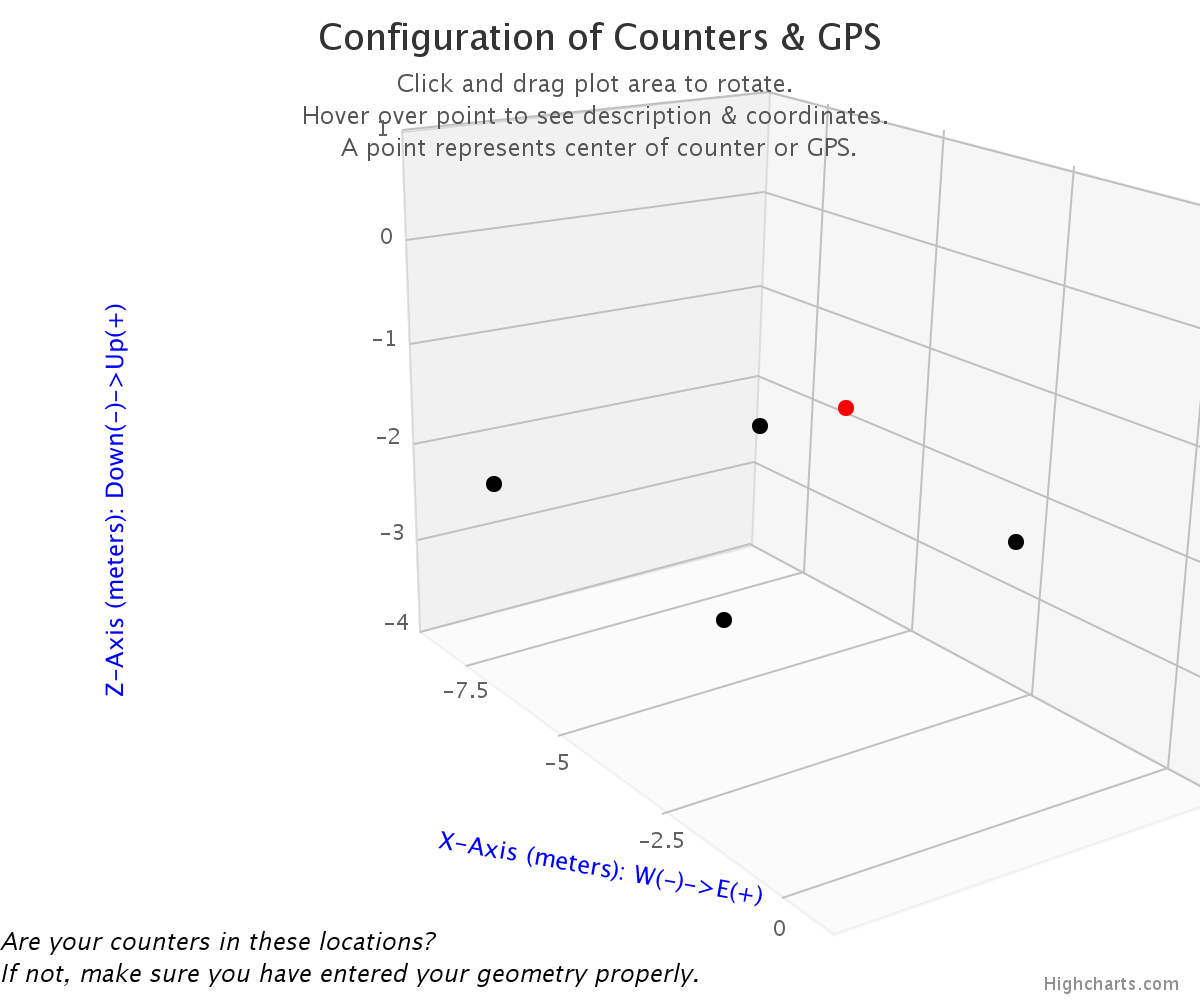
Figure 2. Geometry visualization in the physical science building room 126

Figure 3. A simple diagram of a single muon incident on a single paddle. The hit produces photons which propagate through the scintillator material to the PMT.
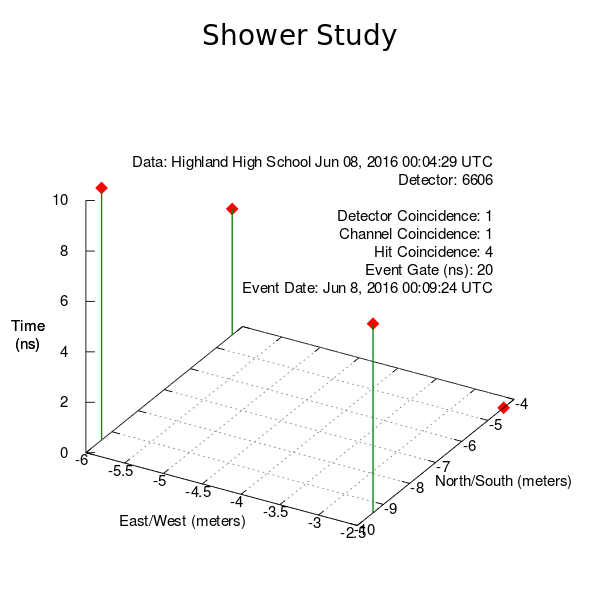
Figure 4. For detector 1 there are 74 shower study candidates available for any level of channel coincidence.
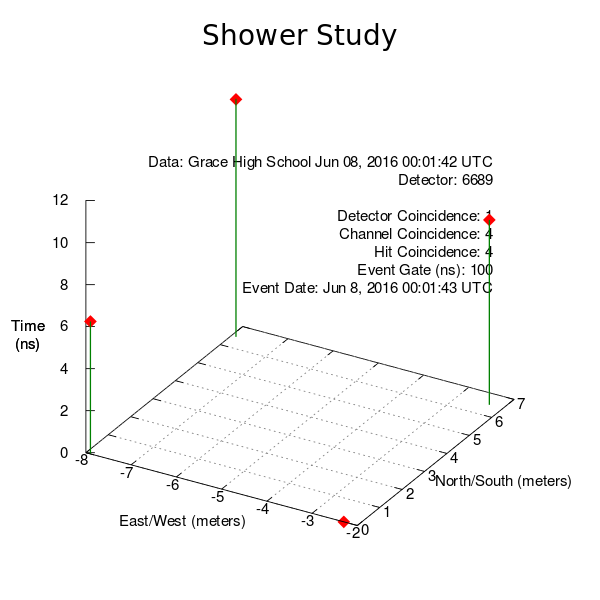
Figure 5. For detector 2 there are 17 shower study candidates available for any level of channel coincidence.
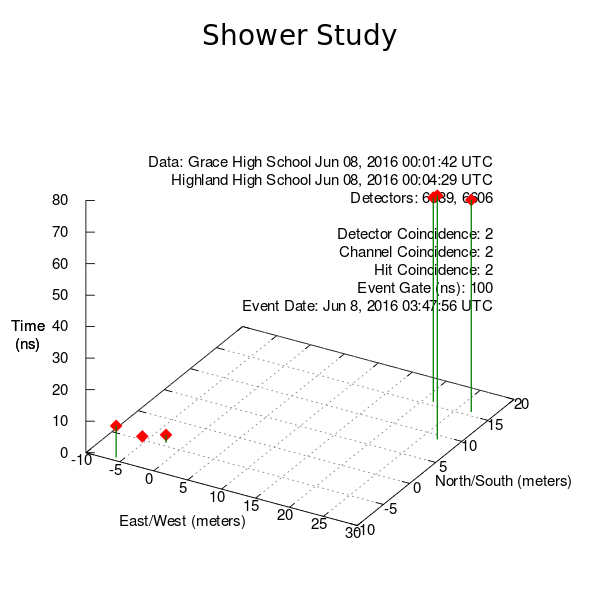
Figure 6. The single candidate for double coincidence between detectors 1 and 2.
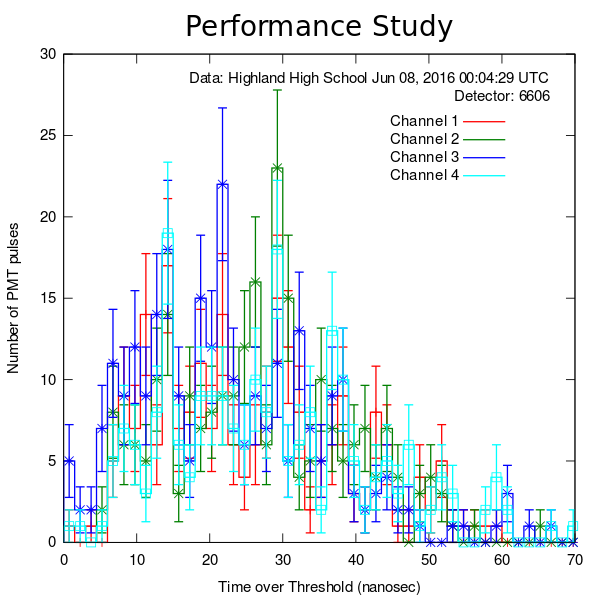
Figure 7. Performance study for detector 1 (Highland High School).

Figure 8. Performance study for detector 2 (Grace High School).


Discussion and Conclusions
The shower study shows a reasonable contradiction between the two detector systems. A single candidate was available between the two detectors to run a shower study which is statistically insignificant. One thing to bear in mind is the relative candidate availability between the two detectors in single detector coincidence. Optimally, both detectors should have the same average number of candidates available for shower studies, yet detector 1 had 74 shower study candidates and detector 2 had 17 shower study candidates, a difference factor of 5.
A possible reason for this is the fact that detector 1 may have been bombarded with a greater amount of background noise given its geometrical proximity to a nuclear instrumentation laboratory just below the room. Whatever sources are present in that room may have been producing higher levels of background radiation, ultimately leading to higher numbers of hit coincidences.
Statistically the study failed to produce any reasonable results to conclude that we can even detect several muons simultaneously in four separate panels of our muon detectors, ultimately failing to give us data that could be useful in shower studies.
Bibliography
[1] Greisen, K. ”Cosmic Ray Showers.” Annual Review of Nuclear Science 10.1 (1960): 63-108
[2] J. Rylander, T. Jordan, J. Paschke, H. G. Berns, ”QuarkNet Cosmic Ray Muon Detector User’s Manual Series ”6000” DAQ”